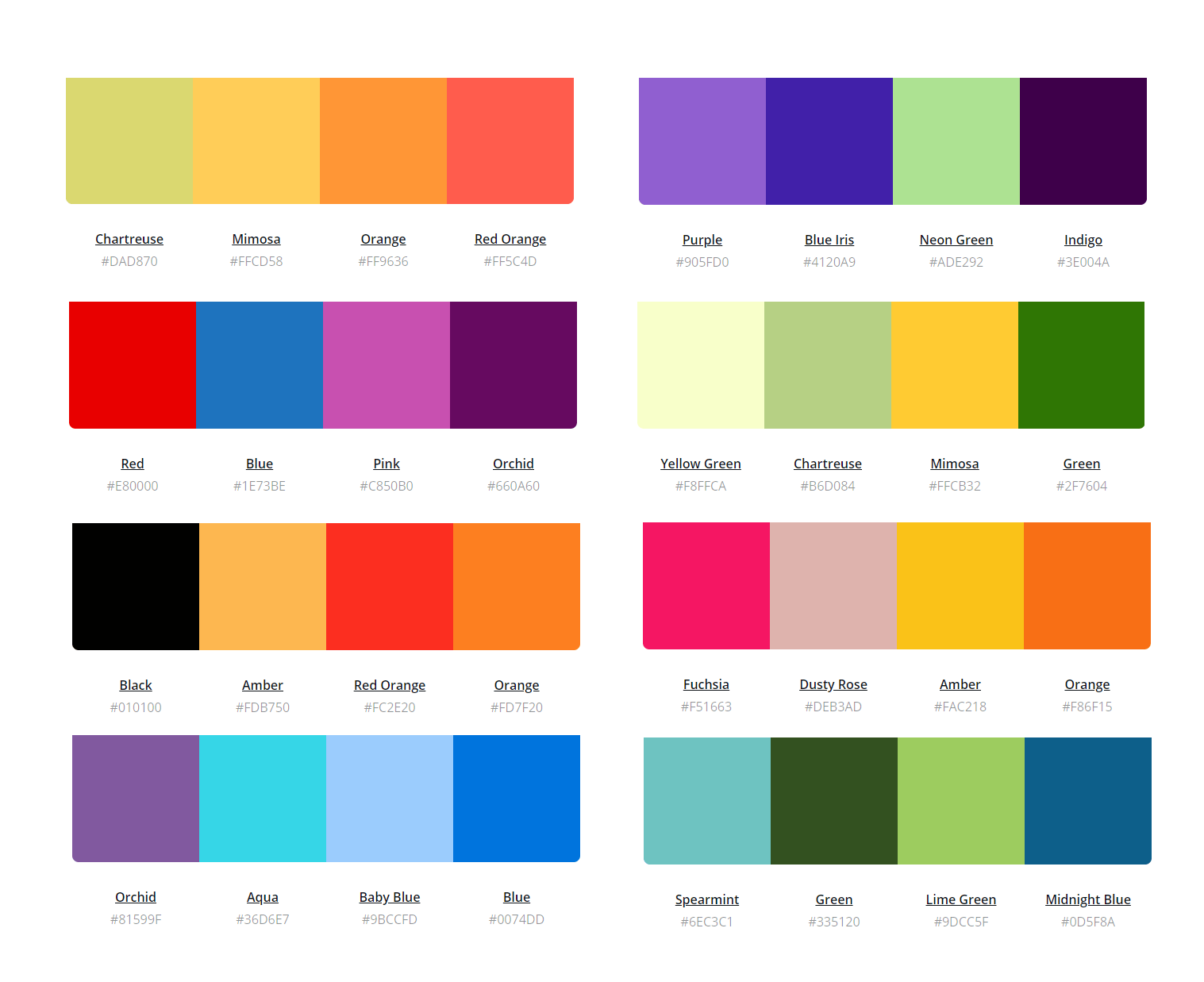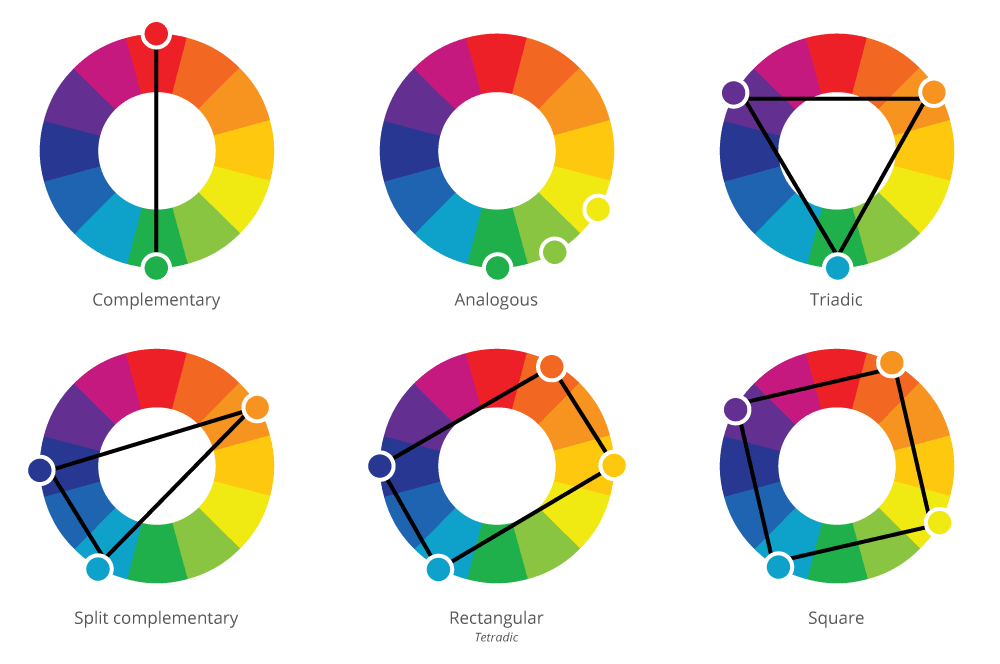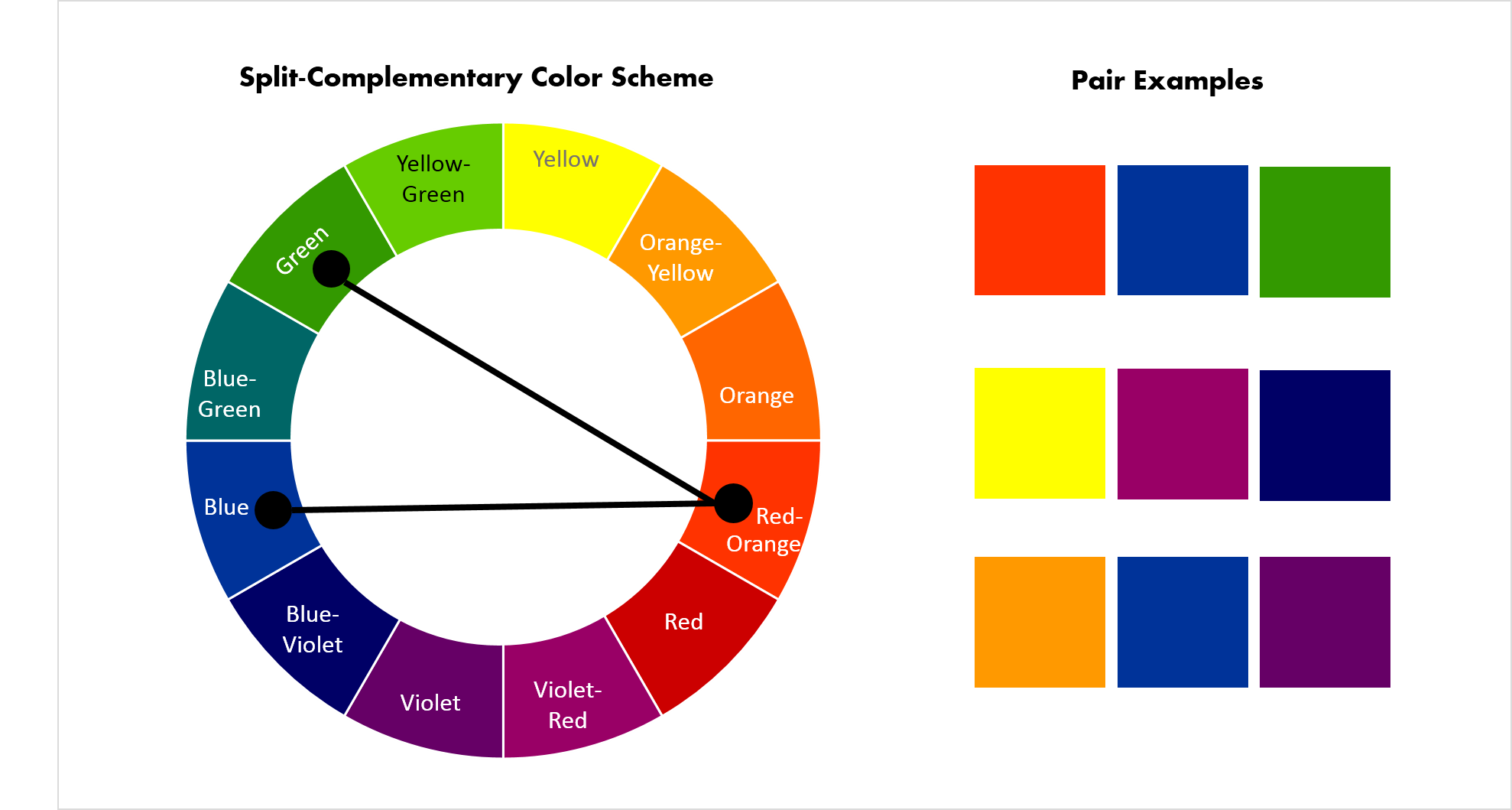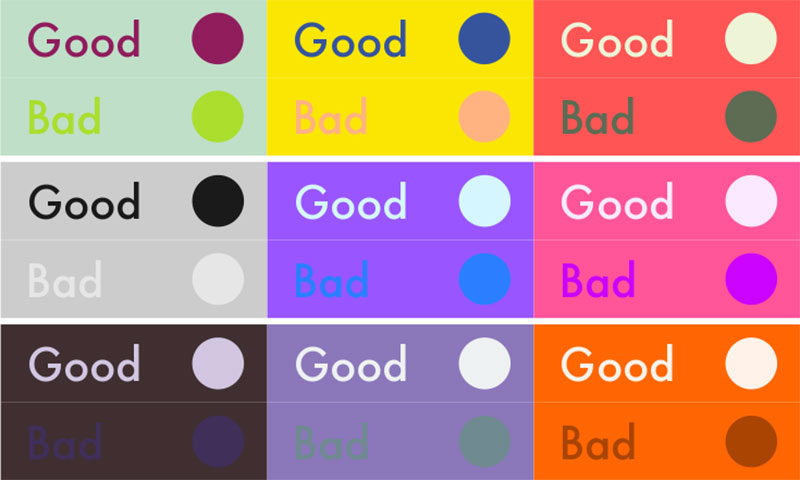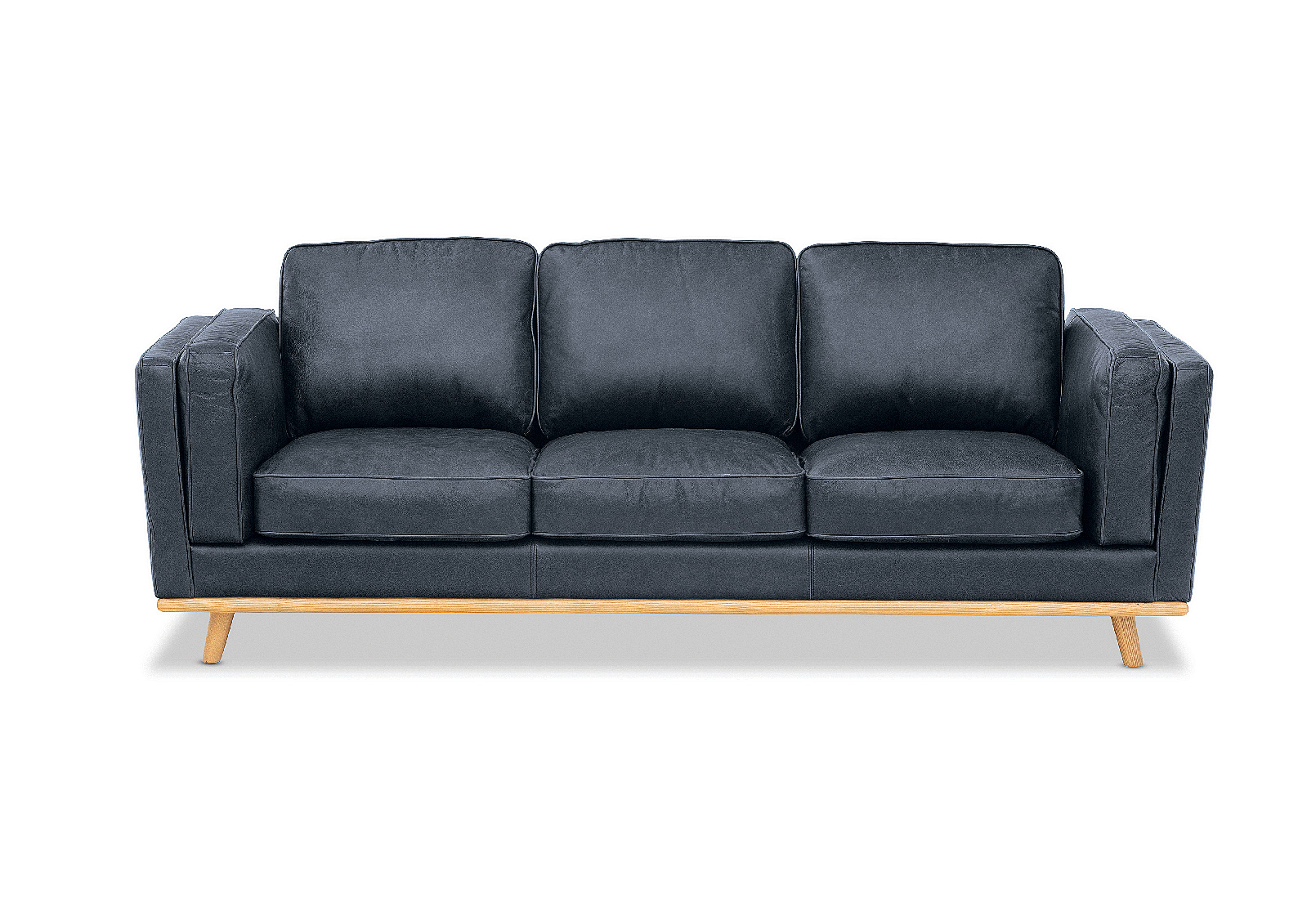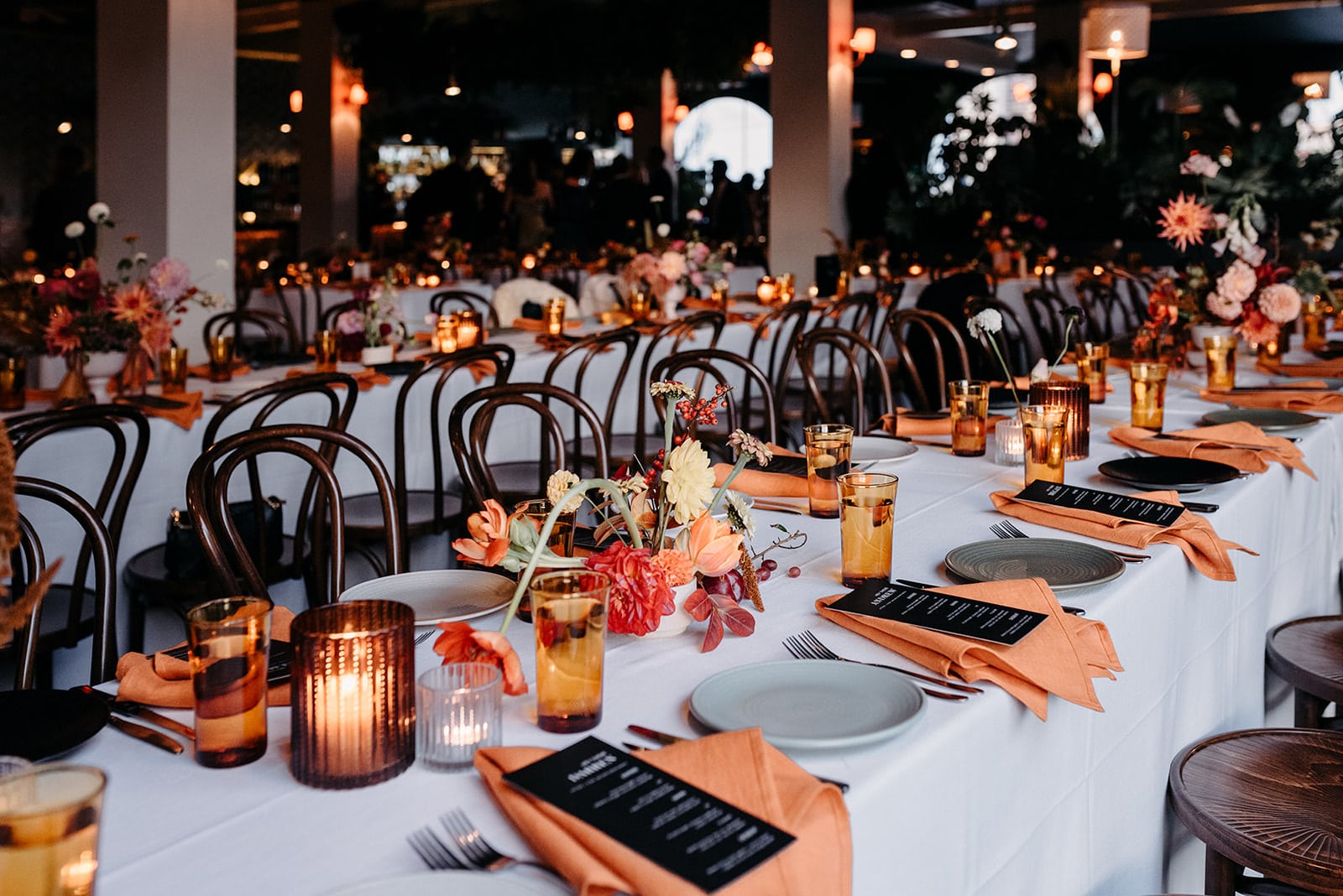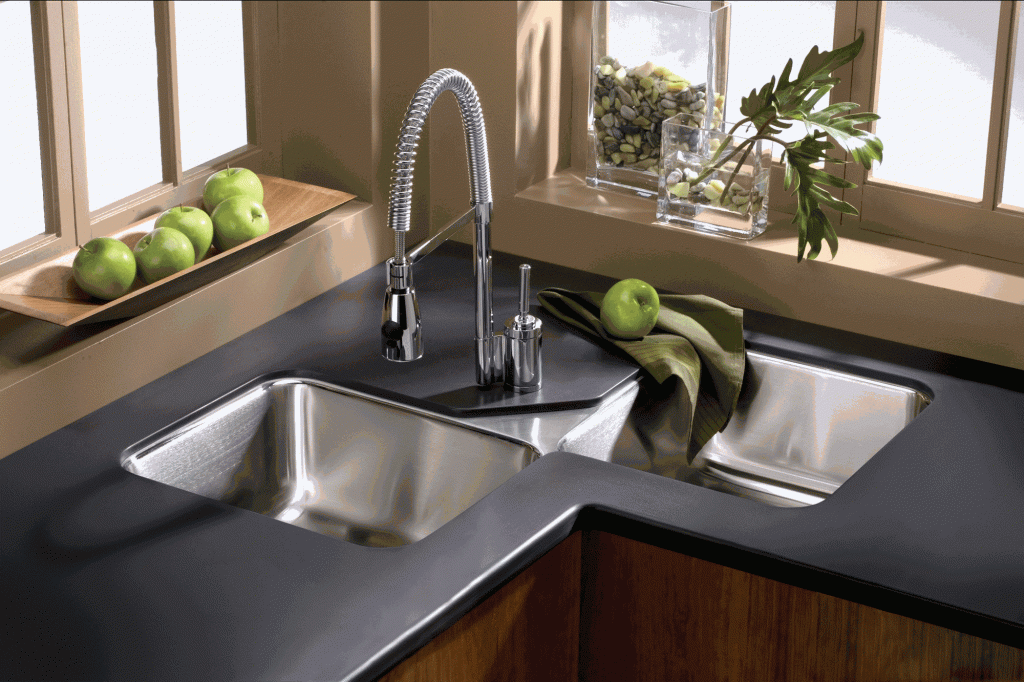Neutral colors have been a popular choice for designer kitchens for years, and it's not hard to see why. These soft, muted tones provide a blank canvas for any kitchen design, allowing other elements to shine. Think shades of white, beige, and gray, which can create a clean and timeless look. They also make a great backdrop for pops of color, whether it's through accessories or a bold accent wall.1. Neutral Tones
If you want to add a splash of personality to your kitchen, consider using a bold accent wall. This can be achieved through a bright, eye-catching color or a fun patterned wallpaper. Not only does it add visual interest, but it can also create a focal point in the room. Just make sure to balance it out with neutral tones in the rest of the space.2. Bold Accent Walls
A monochromatic color scheme involves using different shades of the same color throughout the kitchen. This creates a cohesive and harmonious look, making it a popular choice for modern and minimalist designs. For example, you can use various shades of blue for a calming and serene kitchen, or shades of green for a natural and organic feel.3. Monochromatic Color Scheme
Pastel colors have made a comeback in recent years, and they can add a touch of whimsy and charm to any kitchen. These soft shades, like baby pink, mint green, and light yellow, can create a sweet and inviting atmosphere. They work well with white or light wood tones for a bright and airy feel.4. Pastel Hues
On the opposite end of the spectrum, dark and moody colors can add drama and sophistication to a kitchen. Deep shades of blue, green, or even black can create a bold statement and make the space feel more intimate. To prevent the room from feeling too heavy, balance it out with lighter elements, such as white countertops or cabinets.5. Dark and Moody
If you want to inject some energy and fun into your kitchen, consider using vibrant colors. These can be bold and bright shades, like red, orange, or yellow, or even a mix of different colors. Just make sure to use them sparingly, as too much can be overwhelming. You can also balance them out with neutral tones for a more balanced look.6. Vibrant Colors
Bringing elements of nature into your kitchen can create a warm and inviting atmosphere. Earthy tones, such as rust, terracotta, and deep greens, can add a touch of coziness and create a connection to the outdoors. These colors work well with natural materials like wood and stone, and can also be incorporated through plants and greenery.7. Earthy Tones
Metallic finishes, like gold, copper, and brass, have become increasingly popular in designer kitchens. These shiny accents can add a touch of glamour and luxury to the space. They also work well with a variety of color schemes, from neutral to bold, and can be incorporated through hardware, lighting fixtures, or even appliances.8. Metallic Finishes
Similar to the monochromatic color scheme, color blocking involves using two or more contrasting colors in the kitchen. This creates a bold and modern look, as well as the illusion of more space. For example, you can pair a dark-colored island with lighter cabinets, or use two different shades of the same color for a subtle yet impactful statement.9. Color Blocking
For those who want to take color blocking to the next level, contrasting colors can create a striking and unique kitchen design. This involves pairing two or more colors that are on opposite ends of the color wheel, such as blue and orange, or purple and yellow. It's important to balance these bold choices with neutral elements to avoid overwhelming the space.10. Contrasting Colors
The Impact of Designer Kitchen Wall Colors on House Design

Why Kitchen Wall Colors Matter
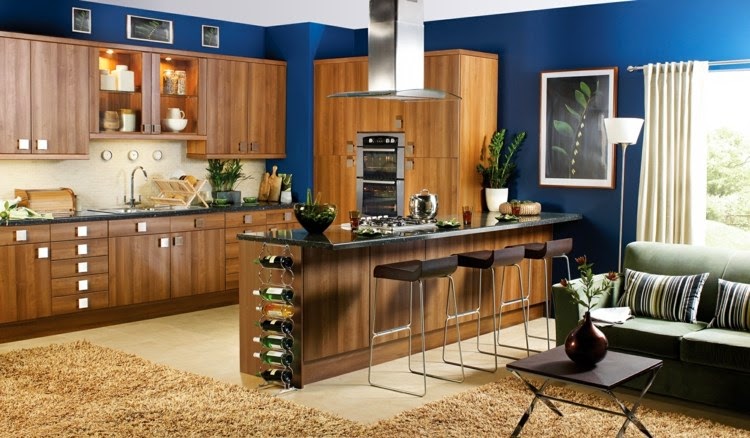 When it comes to designing a house, the kitchen is often considered the heart of the home. It is where meals are prepared, memories are made, and families gather together. As such an important space, it's no wonder that homeowners want to make sure their kitchen is not only functional but also visually appealing. The color of the walls in a kitchen can greatly impact the overall design and feel of the space. This is why choosing the right
designer kitchen wall colors
is crucial.
When it comes to designing a house, the kitchen is often considered the heart of the home. It is where meals are prepared, memories are made, and families gather together. As such an important space, it's no wonder that homeowners want to make sure their kitchen is not only functional but also visually appealing. The color of the walls in a kitchen can greatly impact the overall design and feel of the space. This is why choosing the right
designer kitchen wall colors
is crucial.
The Power of Color Psychology
 Color psychology is the study of how different colors can affect our emotions, moods, and behaviors. This is especially important to consider when choosing
kitchen wall colors
, as the kitchen is a place where we spend a significant amount of time. Warm colors like red, orange, and yellow can stimulate appetite and bring energy to the space, making them great choices for a kitchen. Cool colors like blue, green, and purple can create a calming and refreshing atmosphere, perfect for a kitchen where one can relax and unwind.
Color psychology is the study of how different colors can affect our emotions, moods, and behaviors. This is especially important to consider when choosing
kitchen wall colors
, as the kitchen is a place where we spend a significant amount of time. Warm colors like red, orange, and yellow can stimulate appetite and bring energy to the space, making them great choices for a kitchen. Cool colors like blue, green, and purple can create a calming and refreshing atmosphere, perfect for a kitchen where one can relax and unwind.
Choosing the Right Designer Kitchen Wall Colors
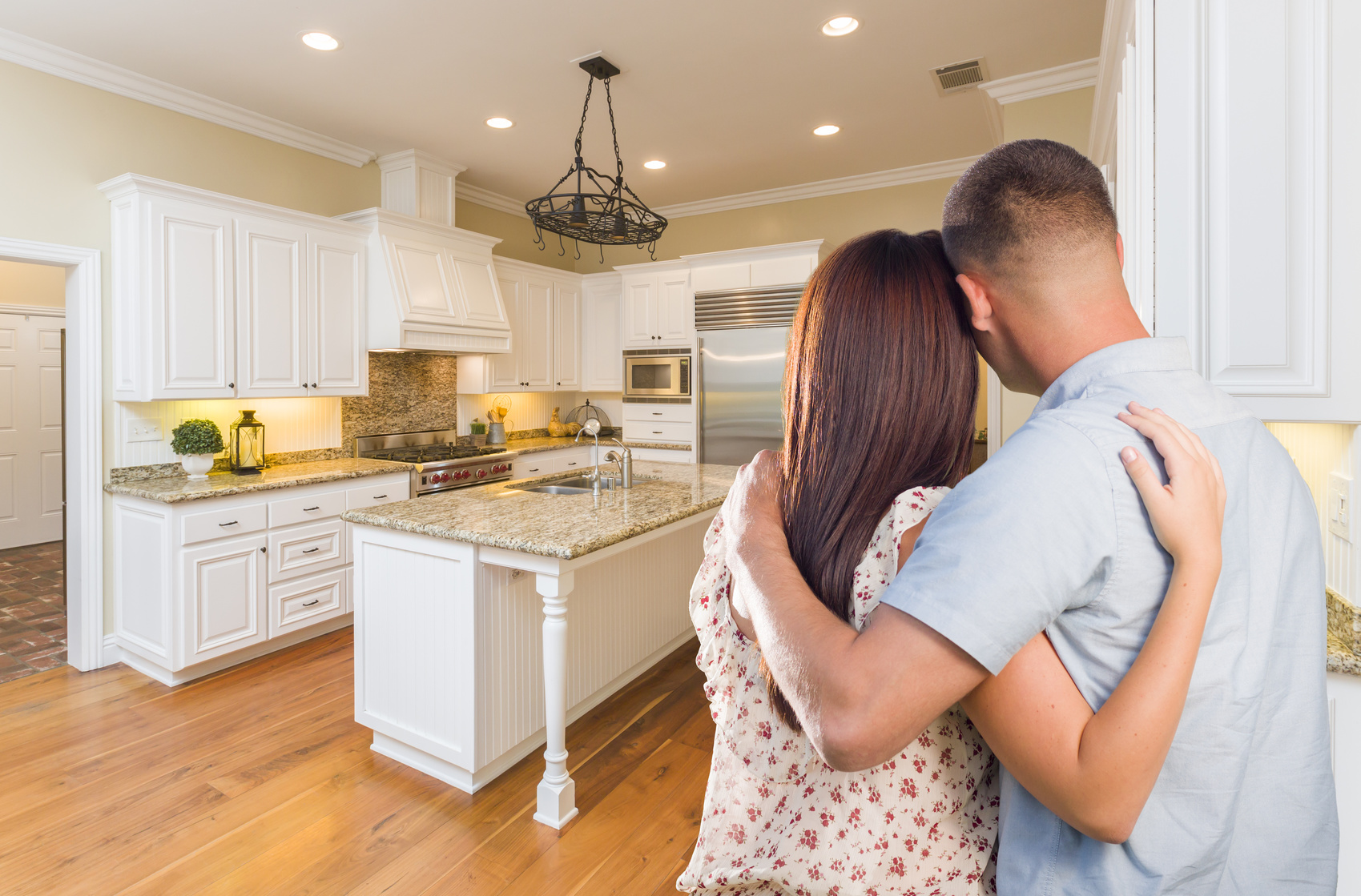 When it comes to
designer kitchen wall colors
, there is no one-size-fits-all solution. The right color for your kitchen will depend on various factors such as the size of the space, the style of your home, and your personal preferences. However, there are some important things to keep in mind when choosing a color. Firstly, consider the natural light in your kitchen. Darker colors can make a small kitchen feel even smaller, while lighter colors can help to open up the space. Additionally, consider the color of your cabinets, countertops, and flooring to ensure that the wall color complements them.
When it comes to
designer kitchen wall colors
, there is no one-size-fits-all solution. The right color for your kitchen will depend on various factors such as the size of the space, the style of your home, and your personal preferences. However, there are some important things to keep in mind when choosing a color. Firstly, consider the natural light in your kitchen. Darker colors can make a small kitchen feel even smaller, while lighter colors can help to open up the space. Additionally, consider the color of your cabinets, countertops, and flooring to ensure that the wall color complements them.
Incorporating Trends and Personal Style
 While it's important to consider color psychology and practical factors when choosing
kitchen wall colors
, don't be afraid to incorporate your personal style and current design trends. If you prefer a bold and vibrant kitchen, consider using a bright color or incorporating a trendy patterned wallpaper. On the other hand, if you prefer a more minimalist and modern design, opt for a neutral color scheme with pops of color in your decor. Remember, the most important thing is to choose a color that you love and that reflects your personal style.
While it's important to consider color psychology and practical factors when choosing
kitchen wall colors
, don't be afraid to incorporate your personal style and current design trends. If you prefer a bold and vibrant kitchen, consider using a bright color or incorporating a trendy patterned wallpaper. On the other hand, if you prefer a more minimalist and modern design, opt for a neutral color scheme with pops of color in your decor. Remember, the most important thing is to choose a color that you love and that reflects your personal style.
Conclusion
 The
designer kitchen wall colors
you choose can have a significant impact on the overall design and feel of your home. By understanding color psychology and considering practical factors, you can choose a color that not only looks great but also creates the desired atmosphere in your kitchen. Don't be afraid to incorporate your personal style and current trends to make your kitchen truly unique and reflective of your personality. With the right color on your walls, your kitchen will become a space that you and your family will love spending time in.
The
designer kitchen wall colors
you choose can have a significant impact on the overall design and feel of your home. By understanding color psychology and considering practical factors, you can choose a color that not only looks great but also creates the desired atmosphere in your kitchen. Don't be afraid to incorporate your personal style and current trends to make your kitchen truly unique and reflective of your personality. With the right color on your walls, your kitchen will become a space that you and your family will love spending time in.
.jpg)

.jpg)




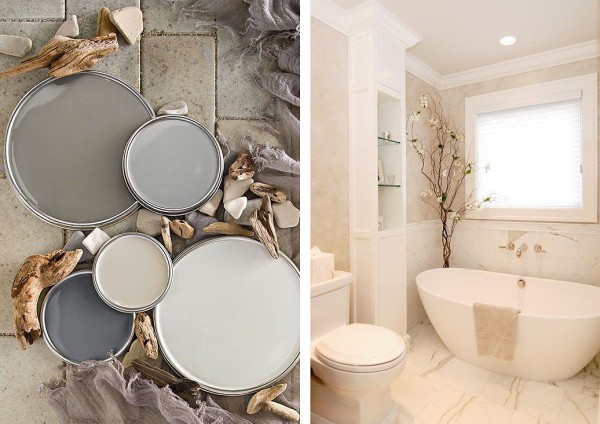

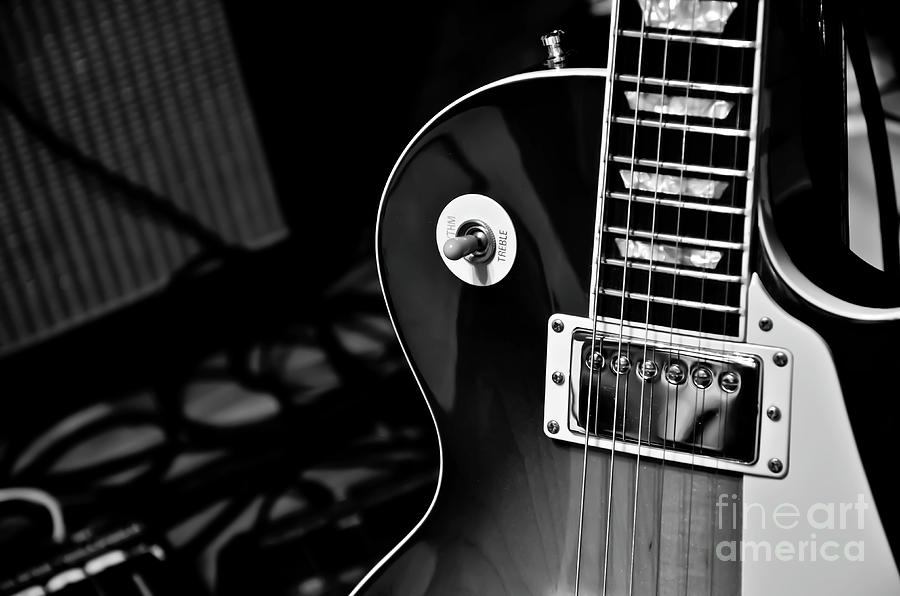





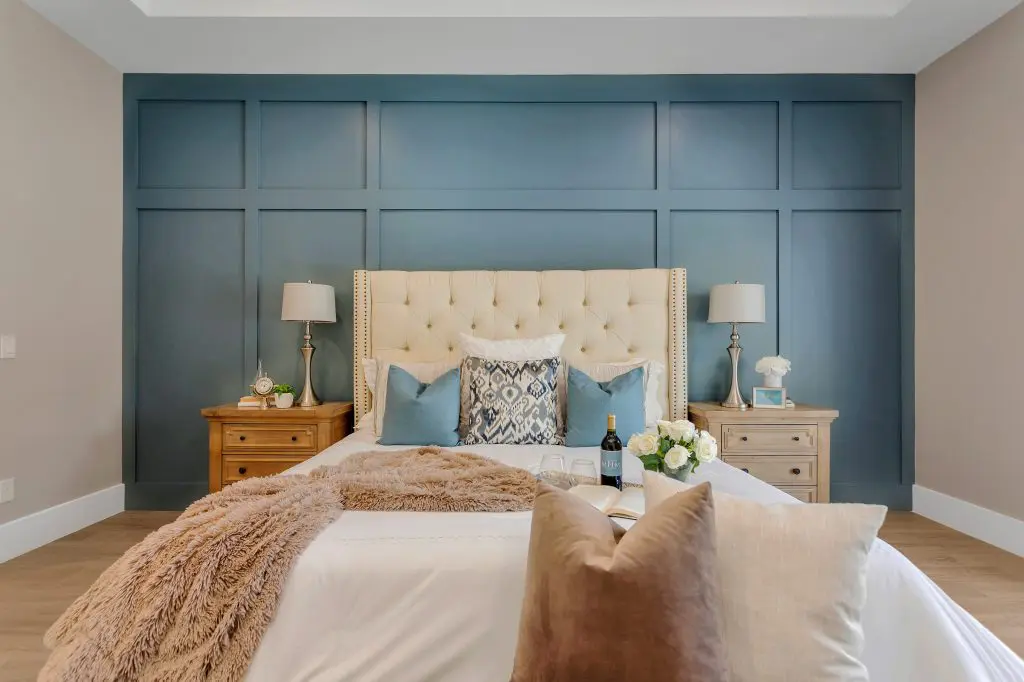


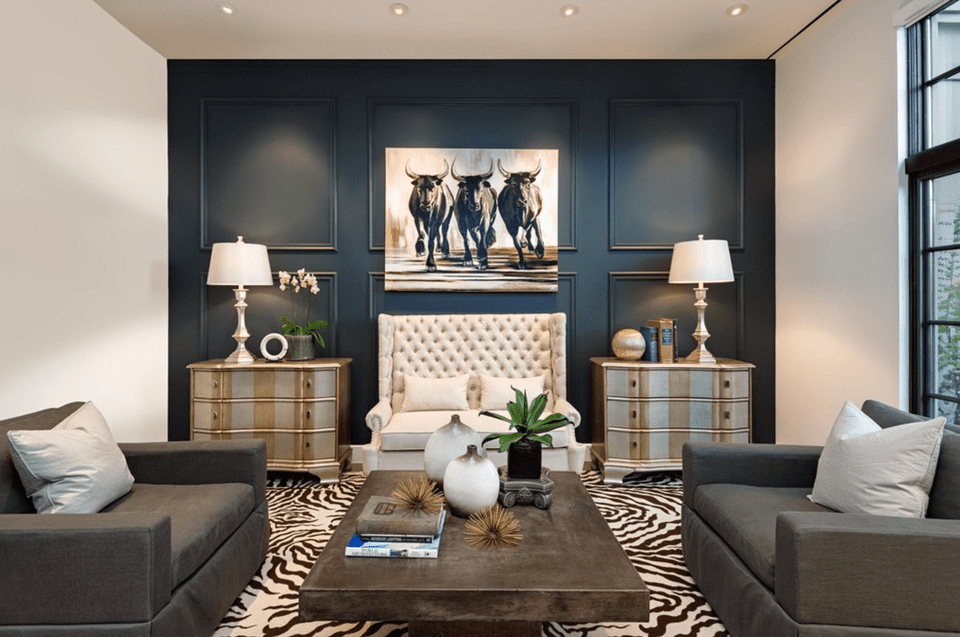
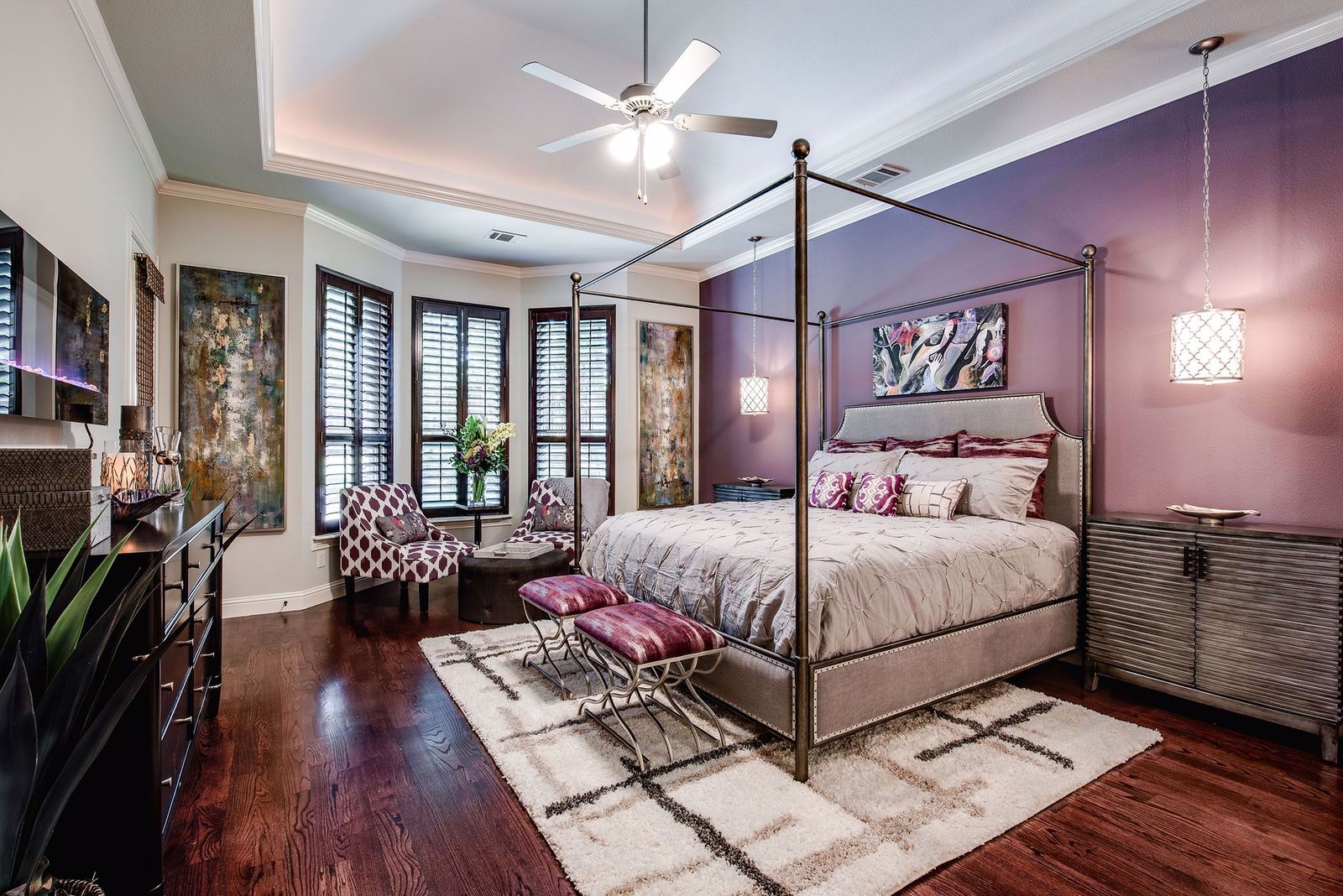
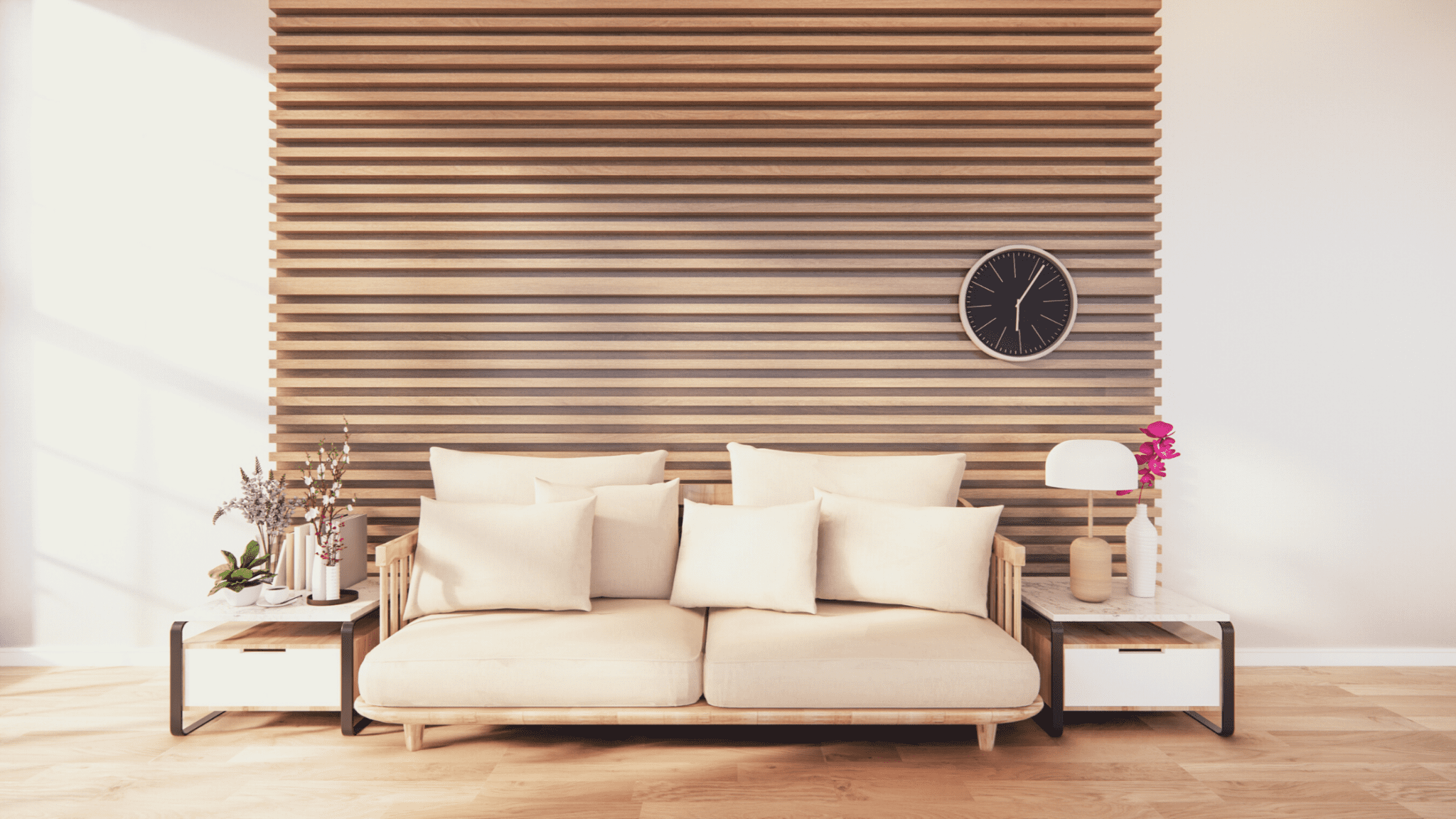





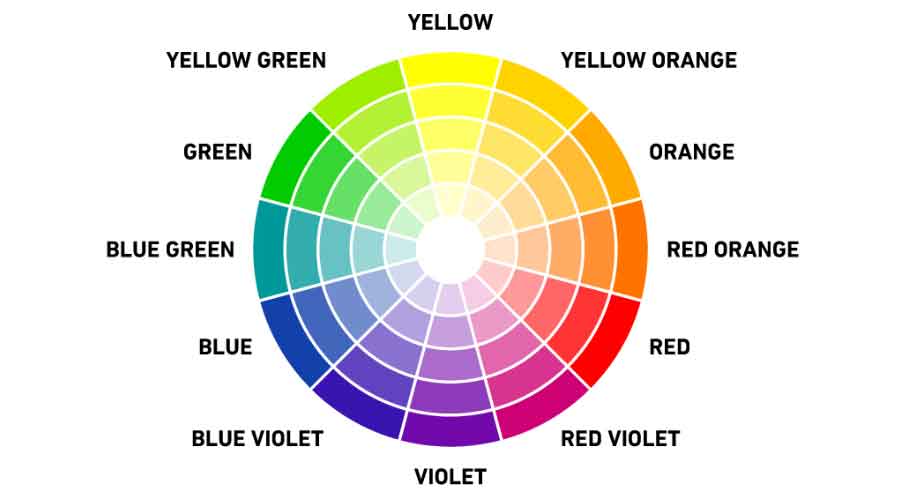













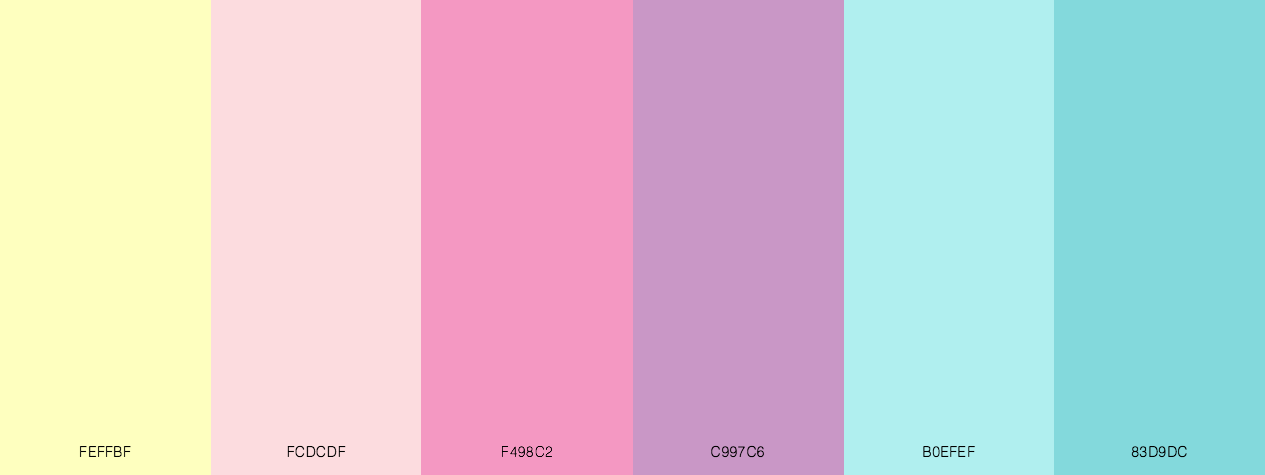


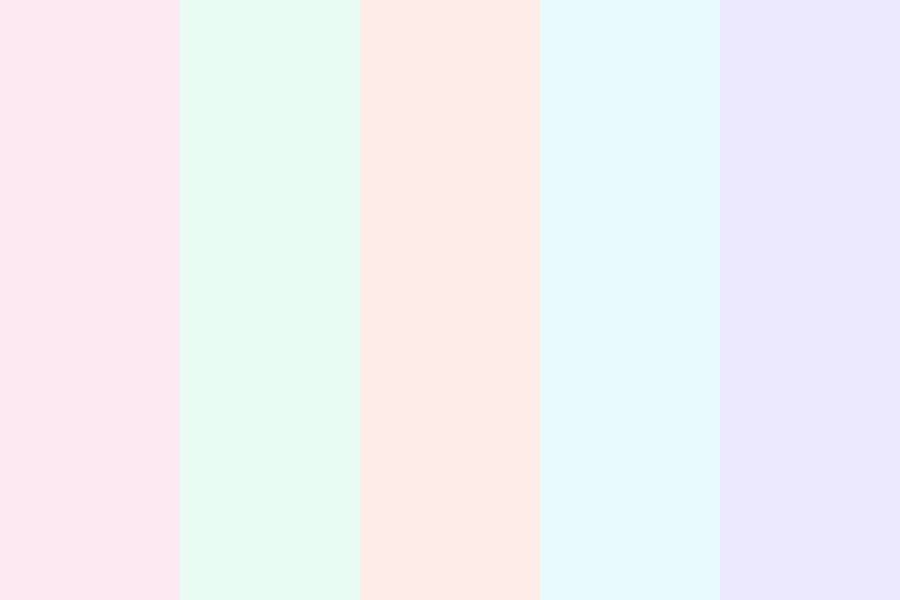

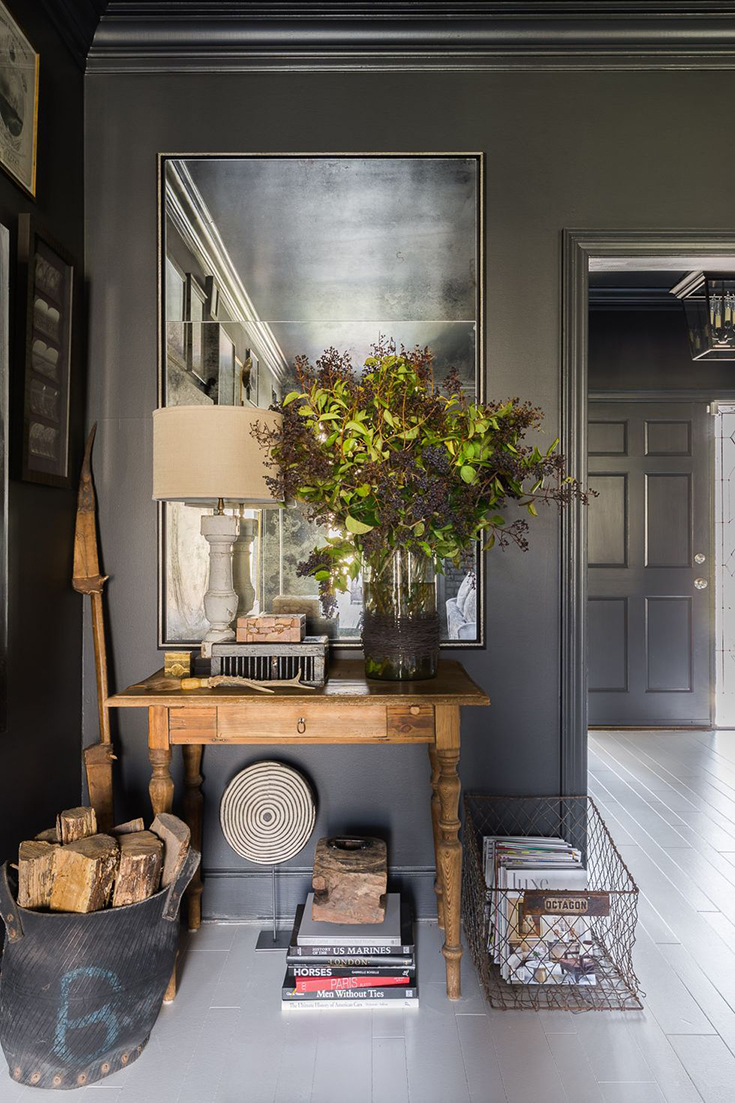








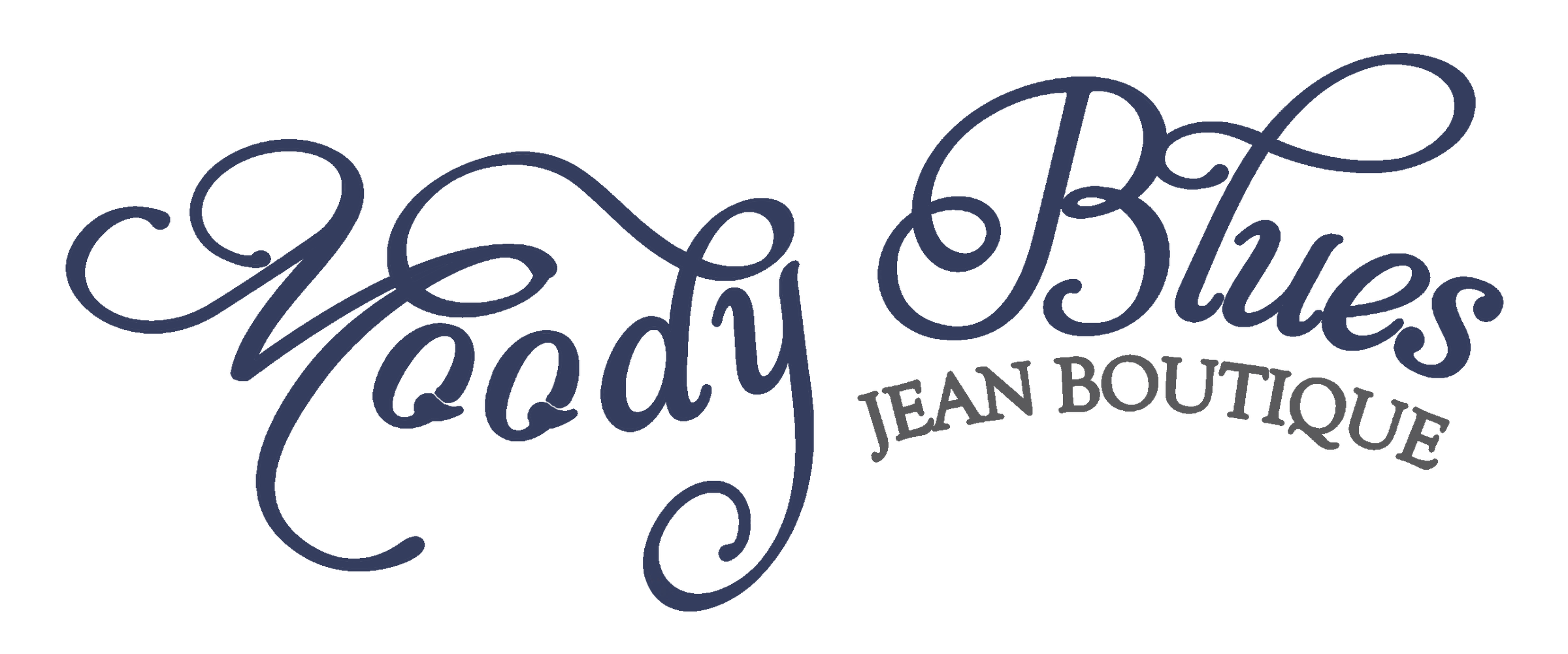








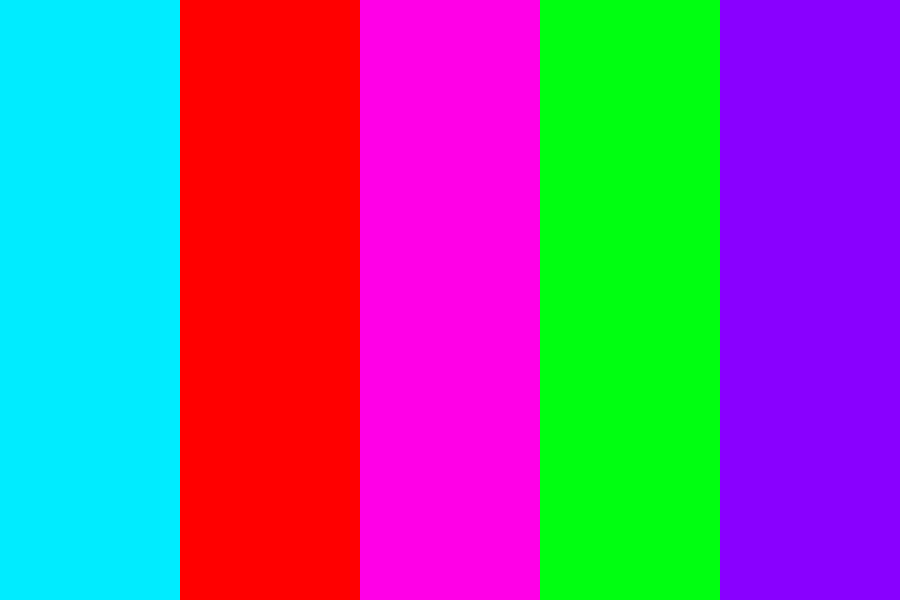



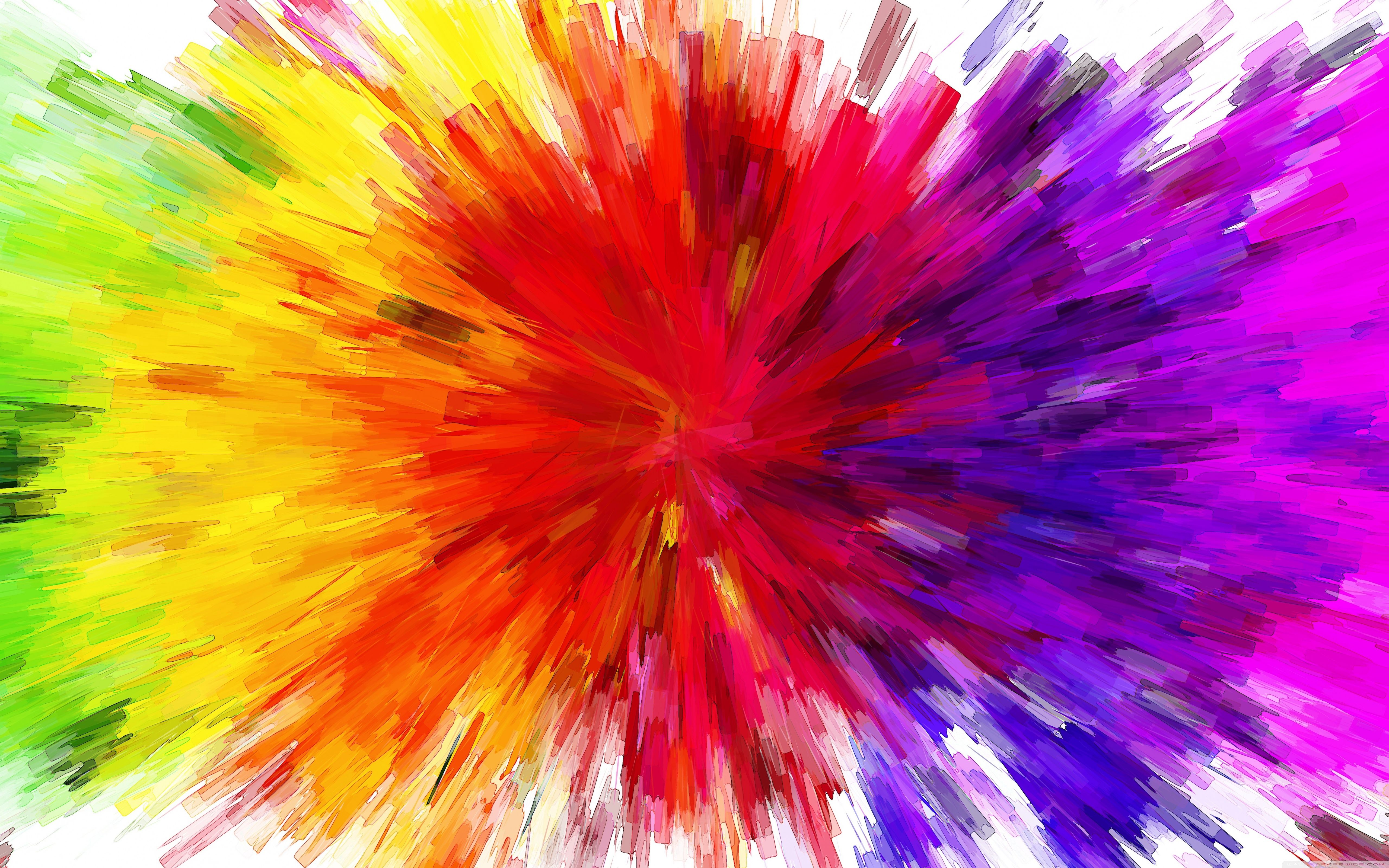


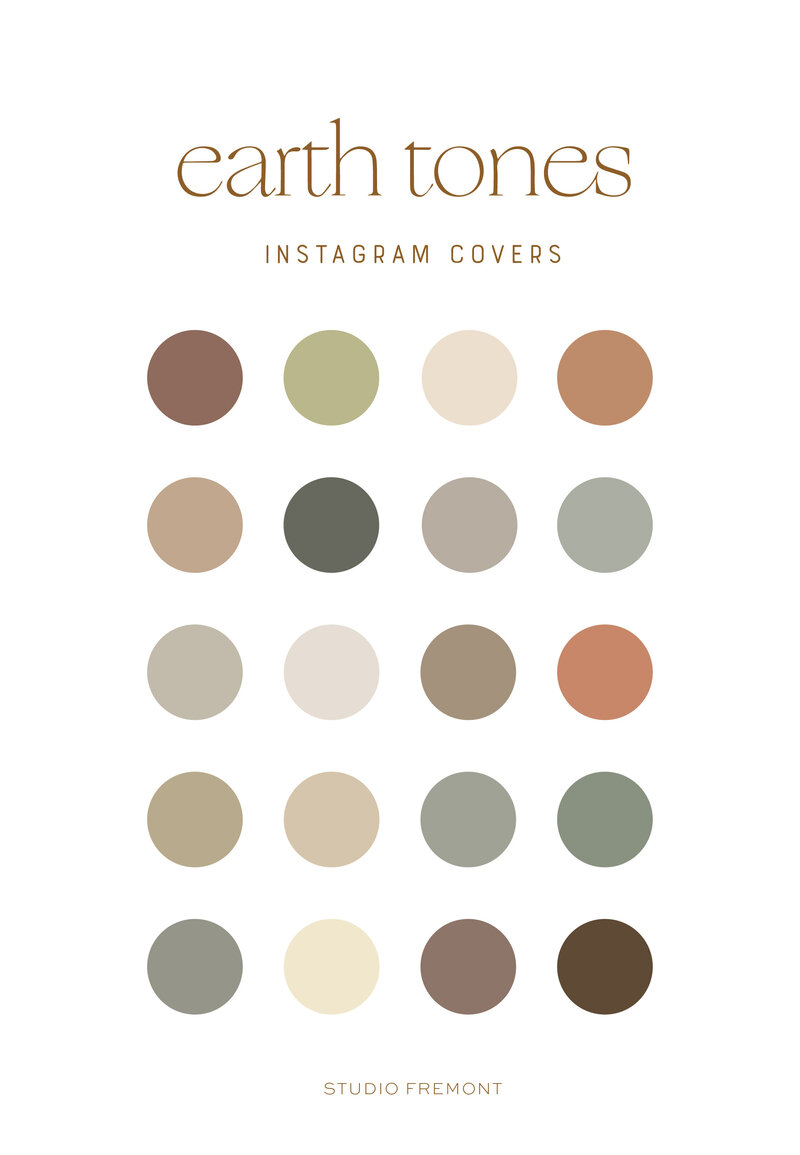
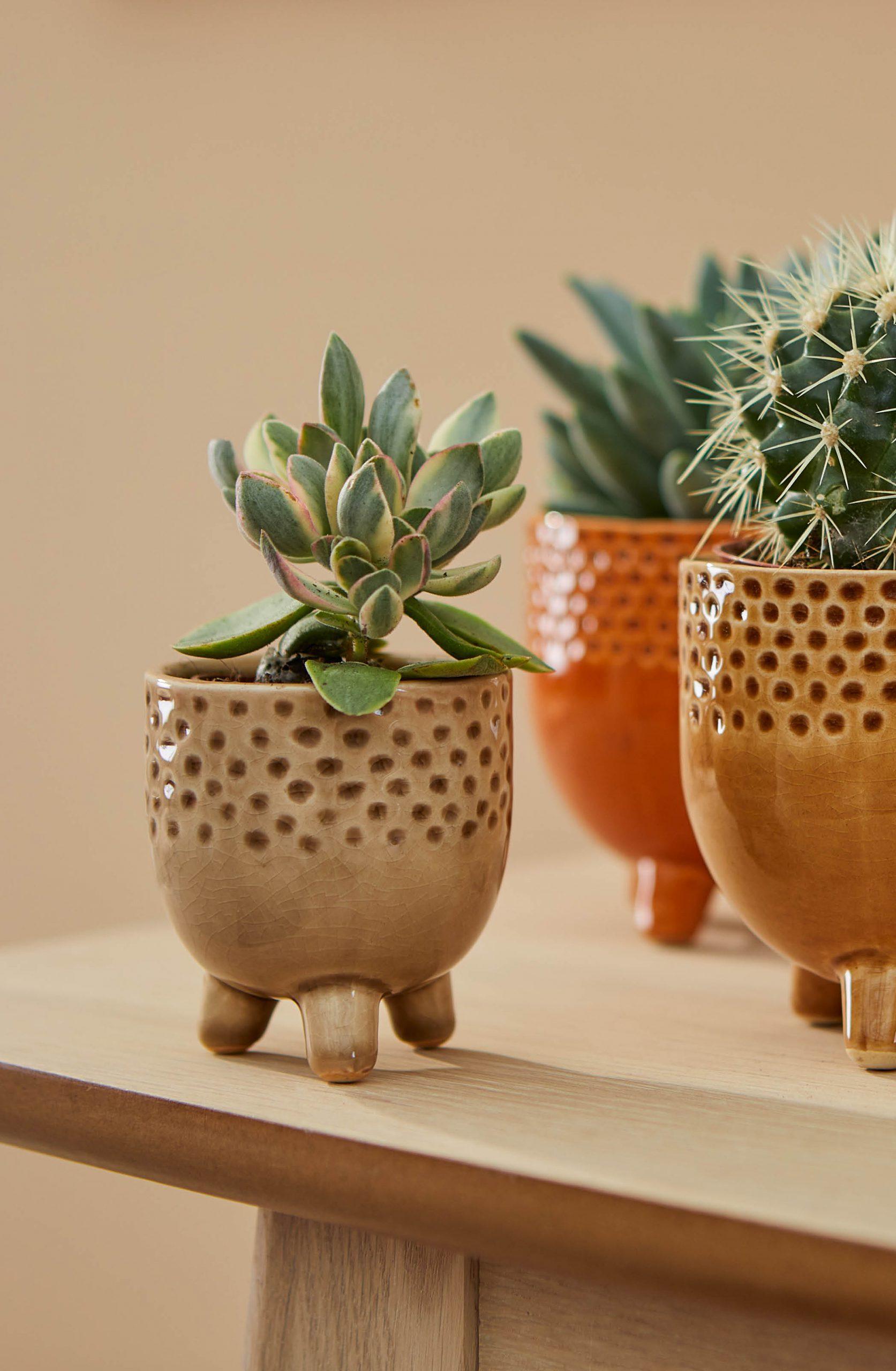
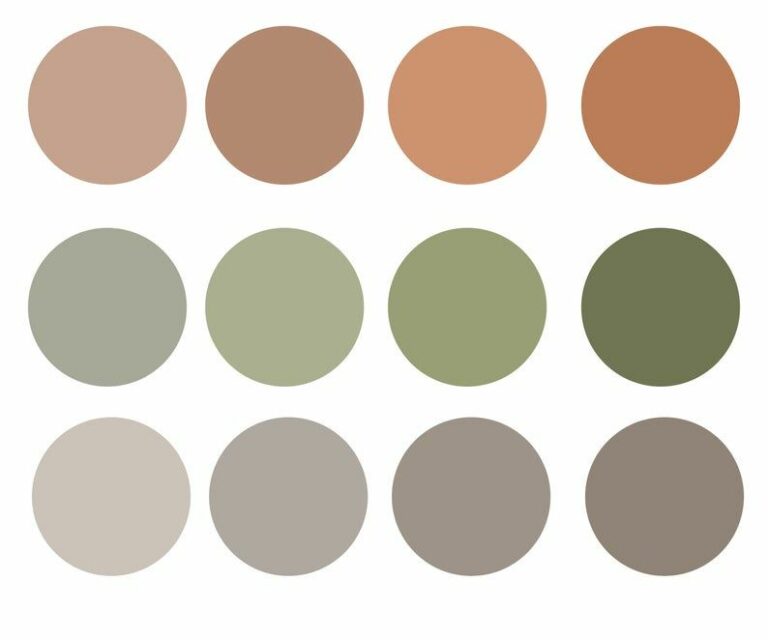

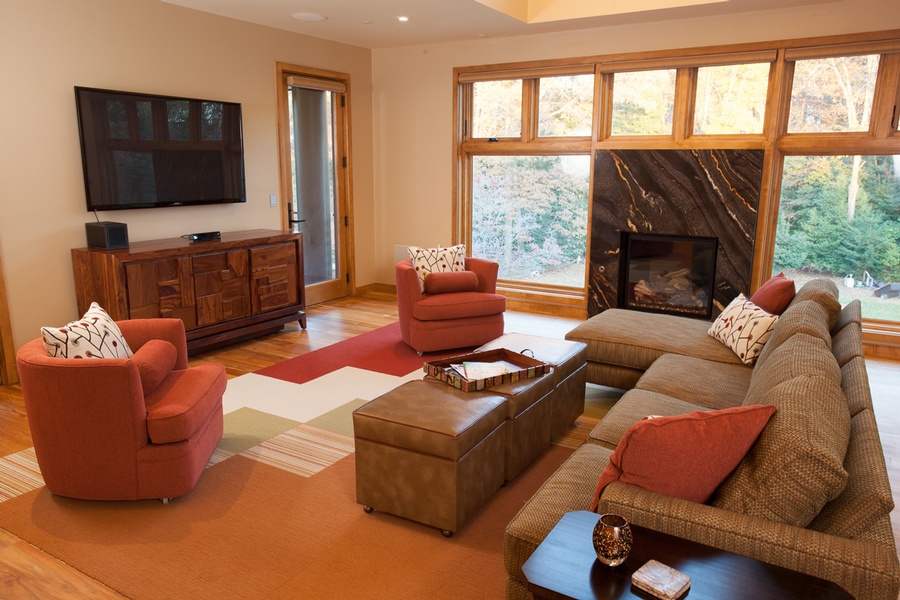
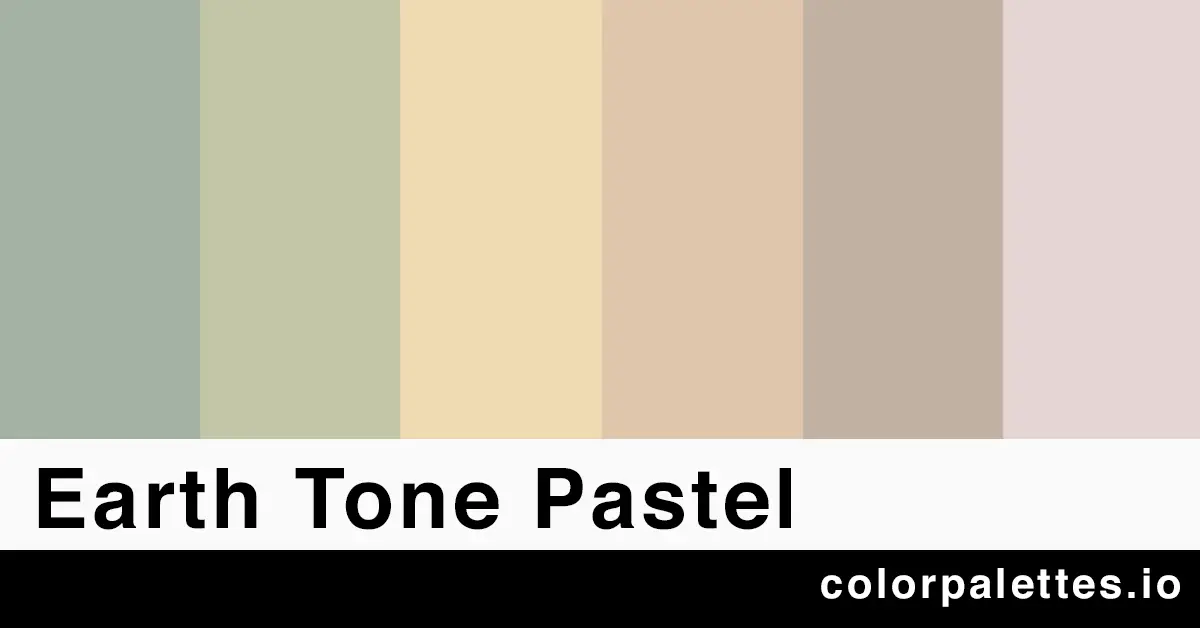


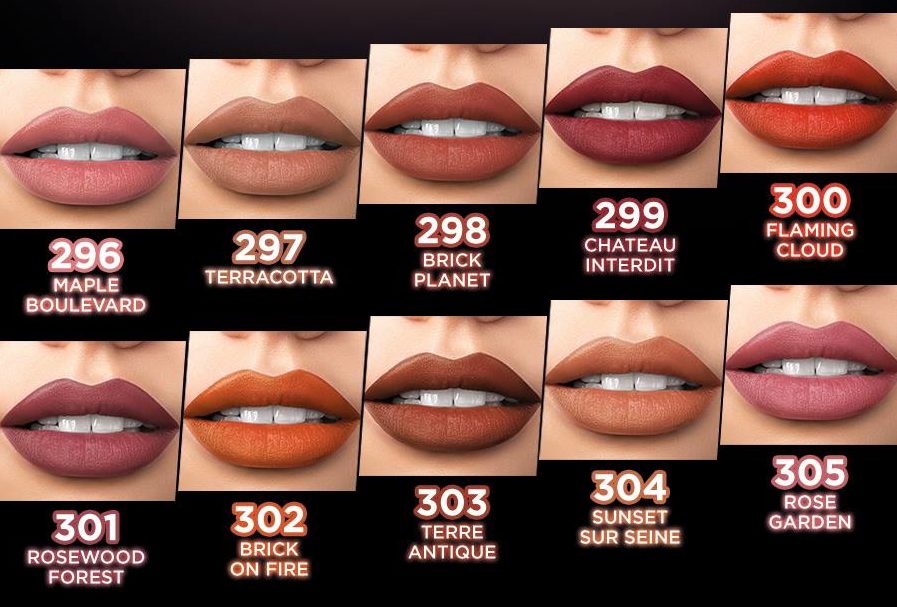



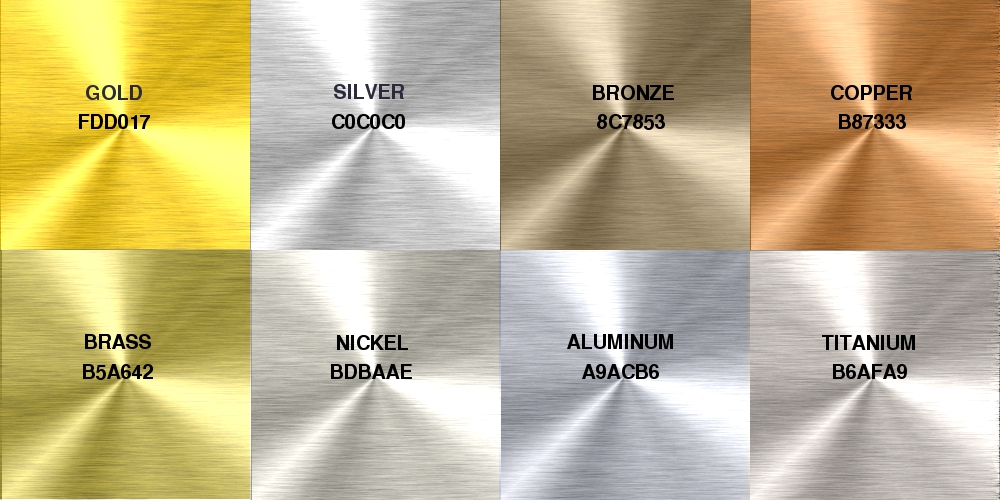




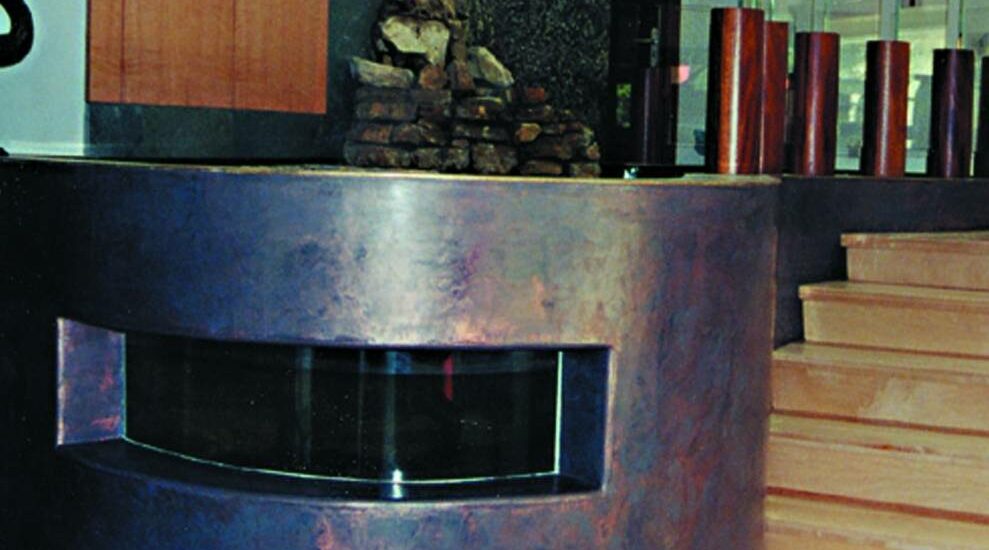


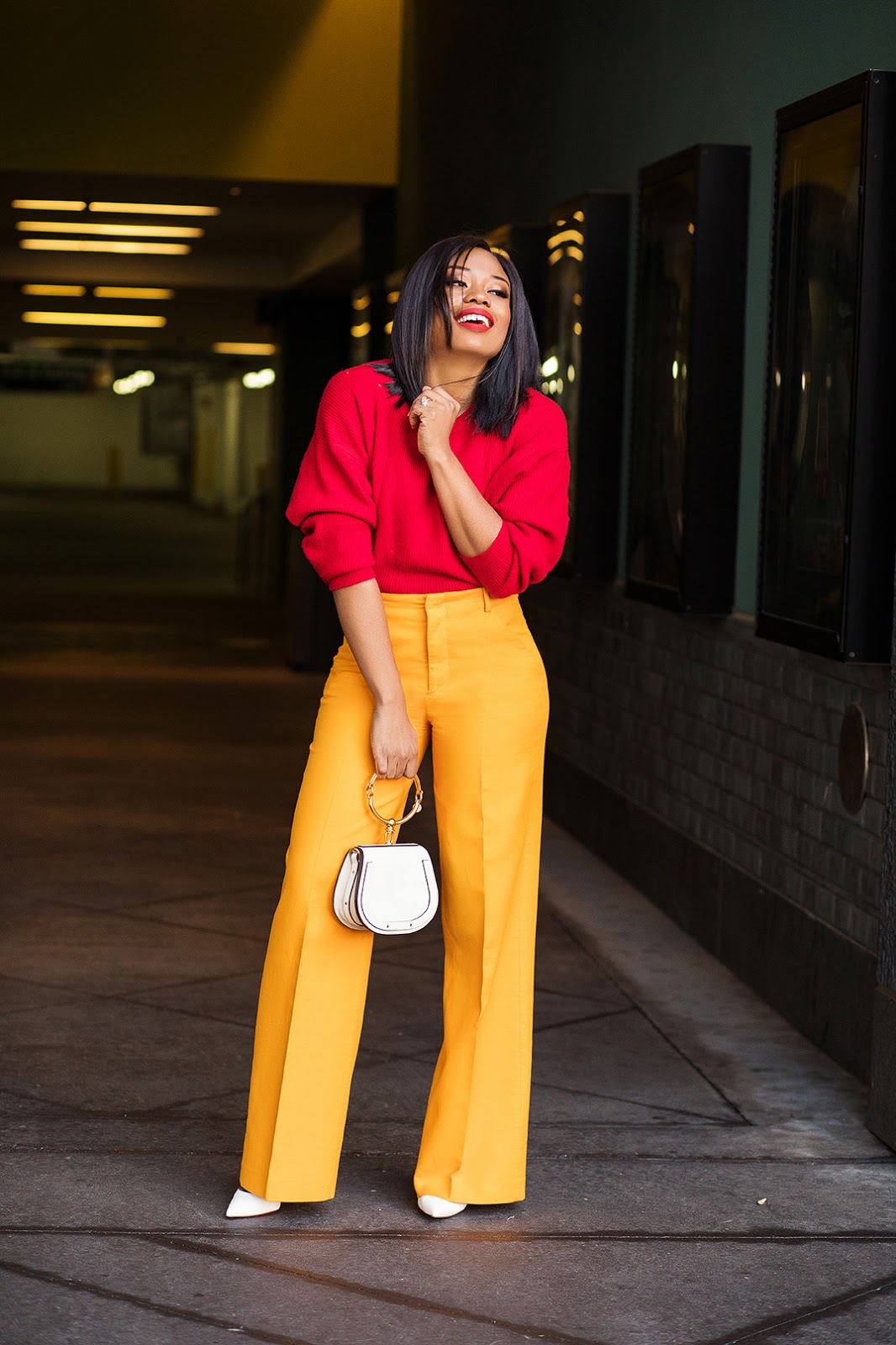

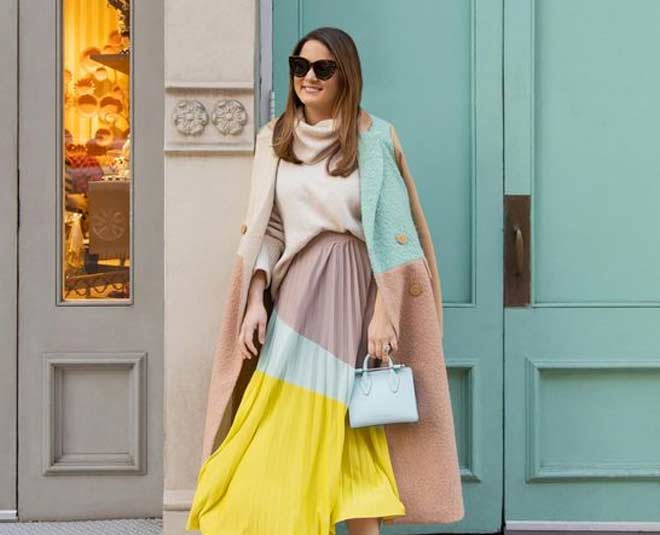


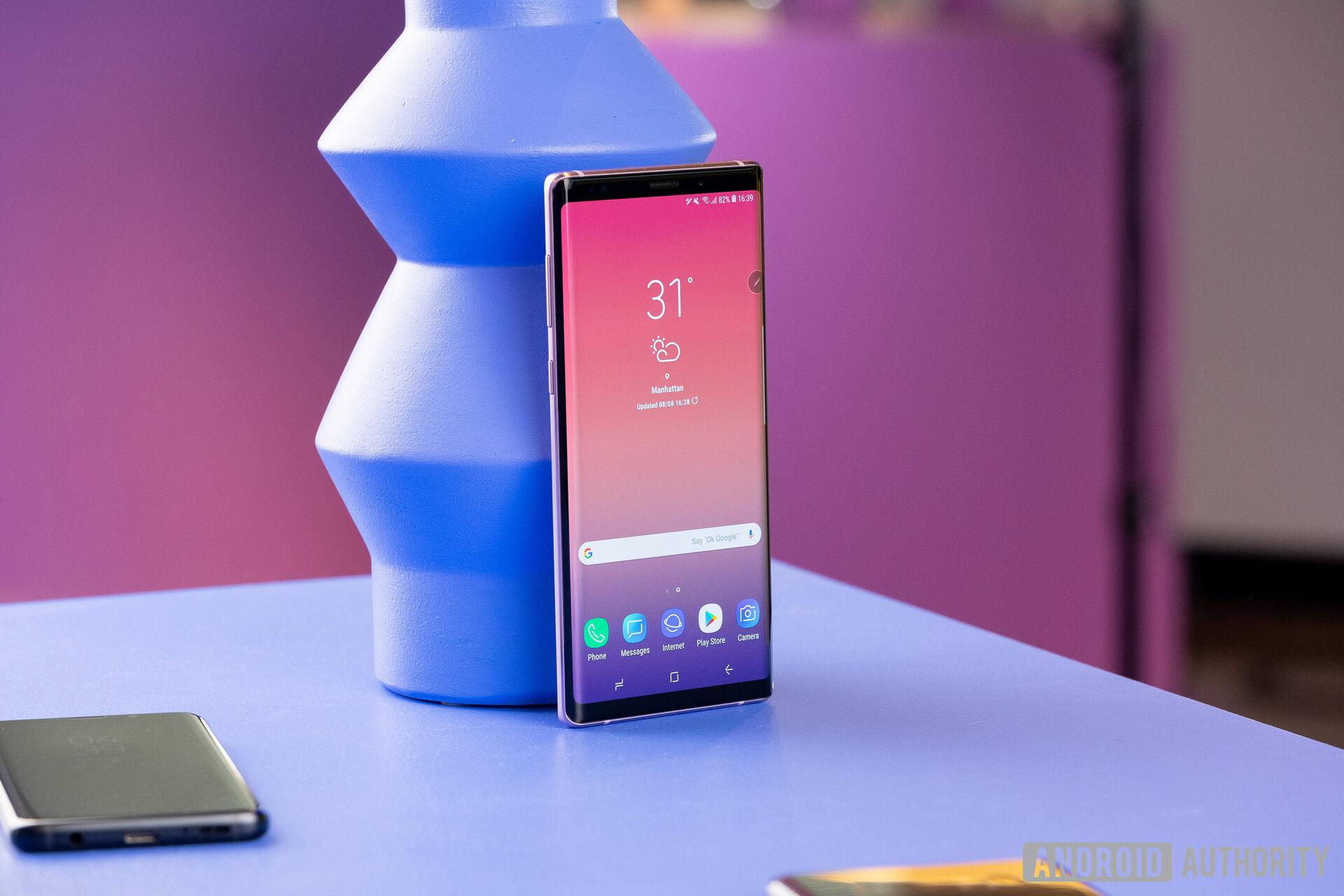
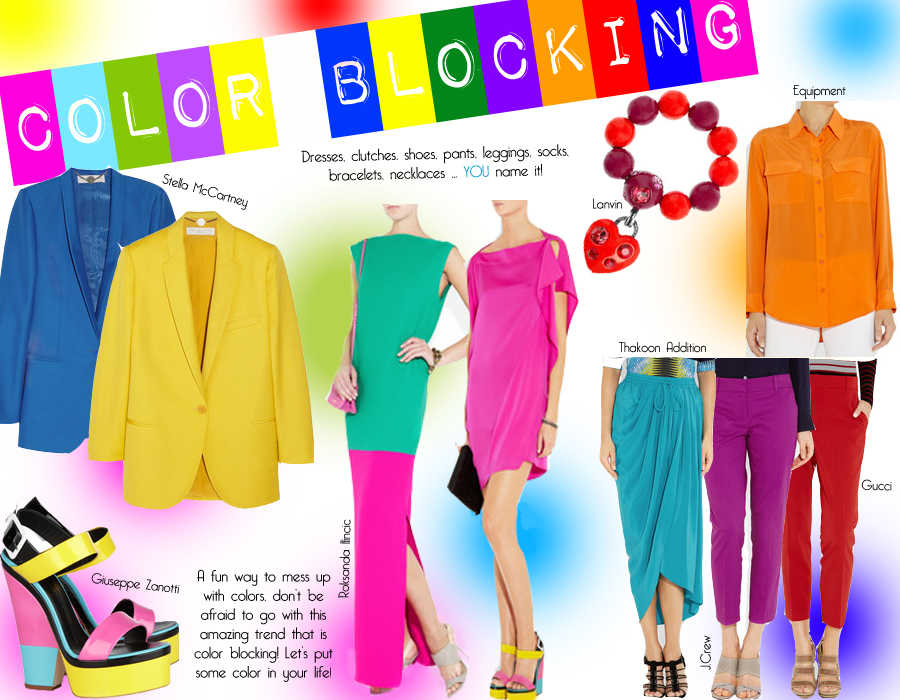
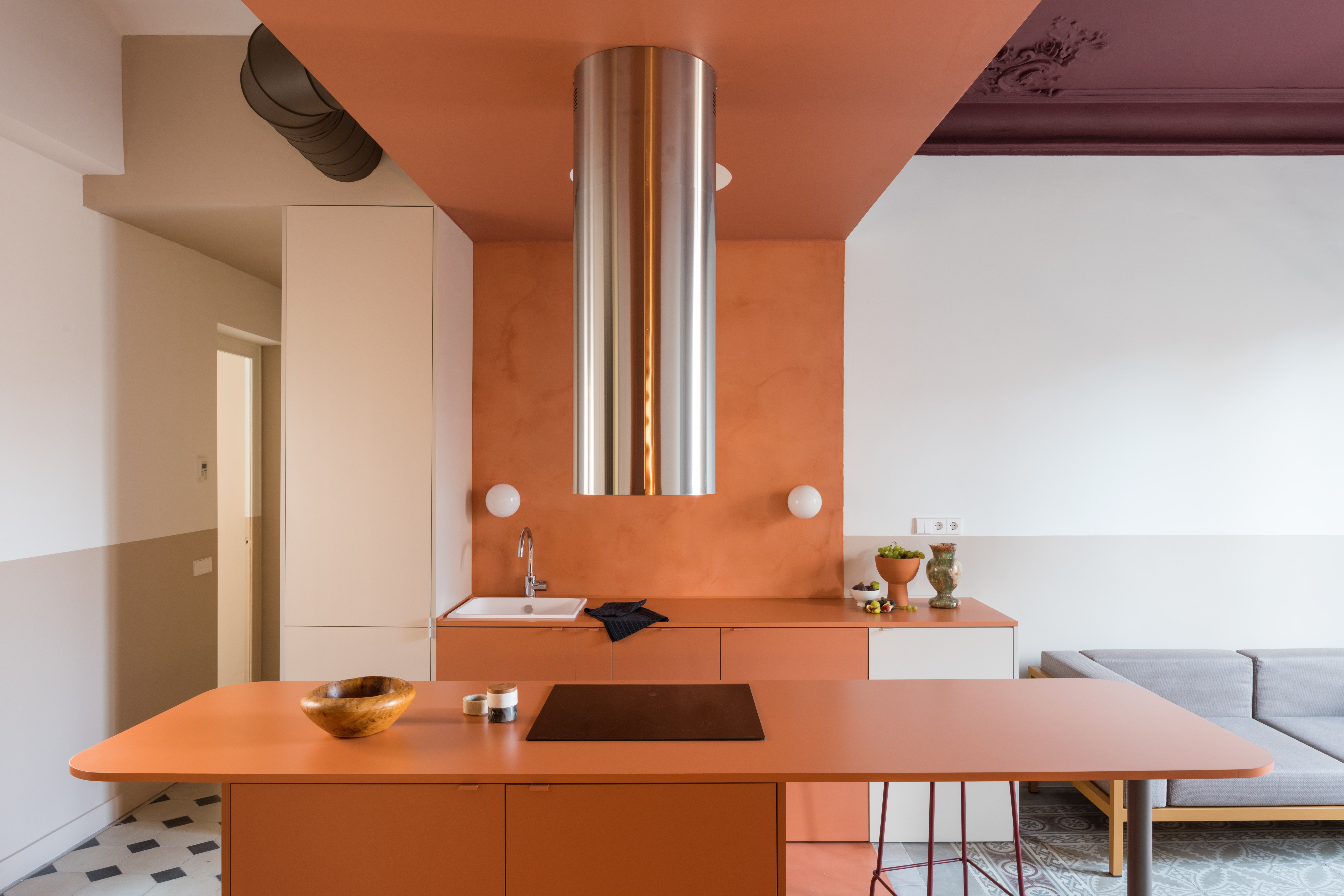

:max_bytes(150000):strip_icc()/Lista_complementarios-56a6e6cb3df78cf77290d98b.png)




